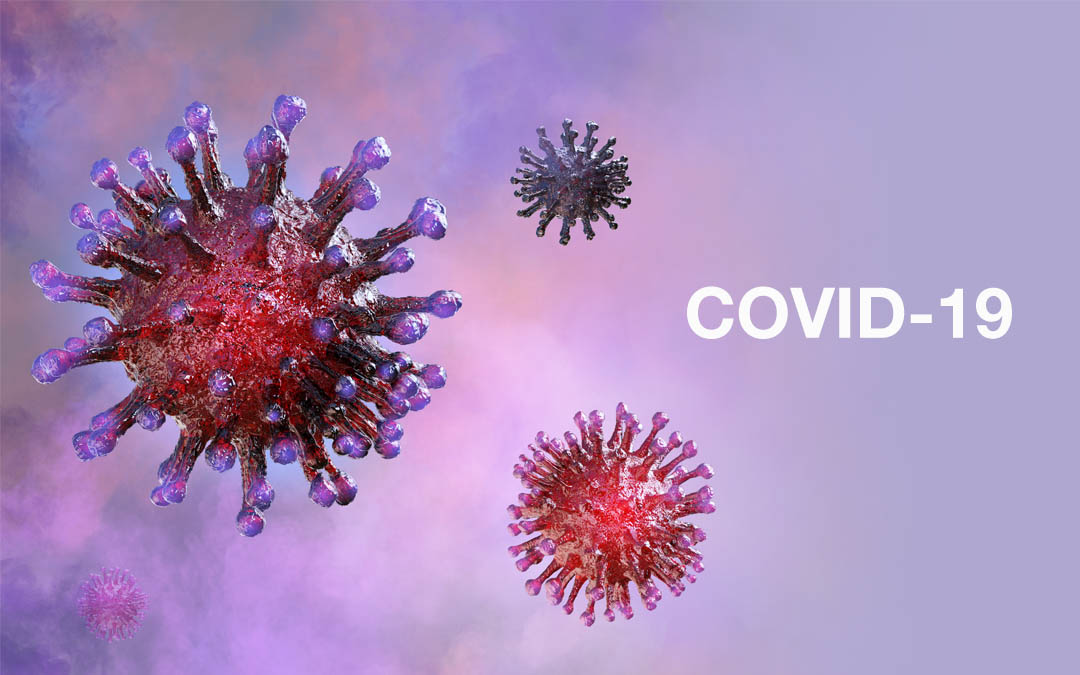Researchers at Harvard University studied the common cold for clues to how the COVID-19 virus might behave. They used close relatives of SARS-CoV-2 to simulate its behavior in the coming months. The findings were recently published on Science.
HCoV-OC43 and HCoV-HKU1 viruses spread regularly and cause the common cold. The researchers used them to build a model that examined potential seasonality, the effects of social alienation strategies, and the role of viruses in future disease. The scientists say these ideas do not take into account the impact on the outcome if a vaccine or treatment is developed, because neither of these methods seems to appear immediately.
In each simulated scenario, they found that warm weather did not stop the virus from spreading. “The effect of temperature does exist,” said Marc Lipsitch, an epidemiology professor and co-author of the paper. “But it is certainly not enough to cause seasonal fluctuations. Without intervention, it will not disappear in the summer.”
Another unknown factor about novel coronavirus is how long the immunity can be maintained after infection. Short-term immunity such as a cold will last less than a year and will lead to annual COVID-19 outbreaks after the initial pandemic peak. On the other hand, permanent immunization will eliminate the spread of the virus five years or more after the initial outbreak.
The researchers also studied the effects of single and multiple social alienation on maintaining the number of patients so that the health care system could cope. The most effective intervention, Kissler says, is a series of social alienation periods, coupled with effective tests to monitor disease recurrence to reformulate measures before cases overwhelm the system. This situation not only leads to the least number of deaths, but also gradually gives the population immunity to the virus.
Professor, Ashish Jha addressed a more pressing question at an online meeting at Harvard Business School this week: under what circumstances might current social distance restrictions be lifted? Jha says those who believe that American business interests and public health interests are opposed to each other are wrong. It should not be seen as an either-or situation in which society is hastily reopened to save the economy or delayed to save health. Reopening too early will lead to a new round of disease, which will not only make many people sick, but also frighten those who are not sick, so they stay at home and give little boost to the economy. Instead, he believes that businesses and public health experts must work together to develop, produce and distribute testing, treatment, vaccines and equipment to control the epidemic and restore economic security.
Jha mentioned that if there is a way to make the link between public health and business closer, he thinks this is the way out of our predicament. The number of new cases should have fallen for two weeks and there should be adequate testing before alleviating social alienation. In addition, the health care system should be strengthened, and tired doctors and nurses should be given a respite before taking measures that could lead to another rise in cases. There are a lot of things we can do to make openness a reality, but it won’t return to normal levels until we have a vaccine. He thinks it will take 12 to 18 months.

